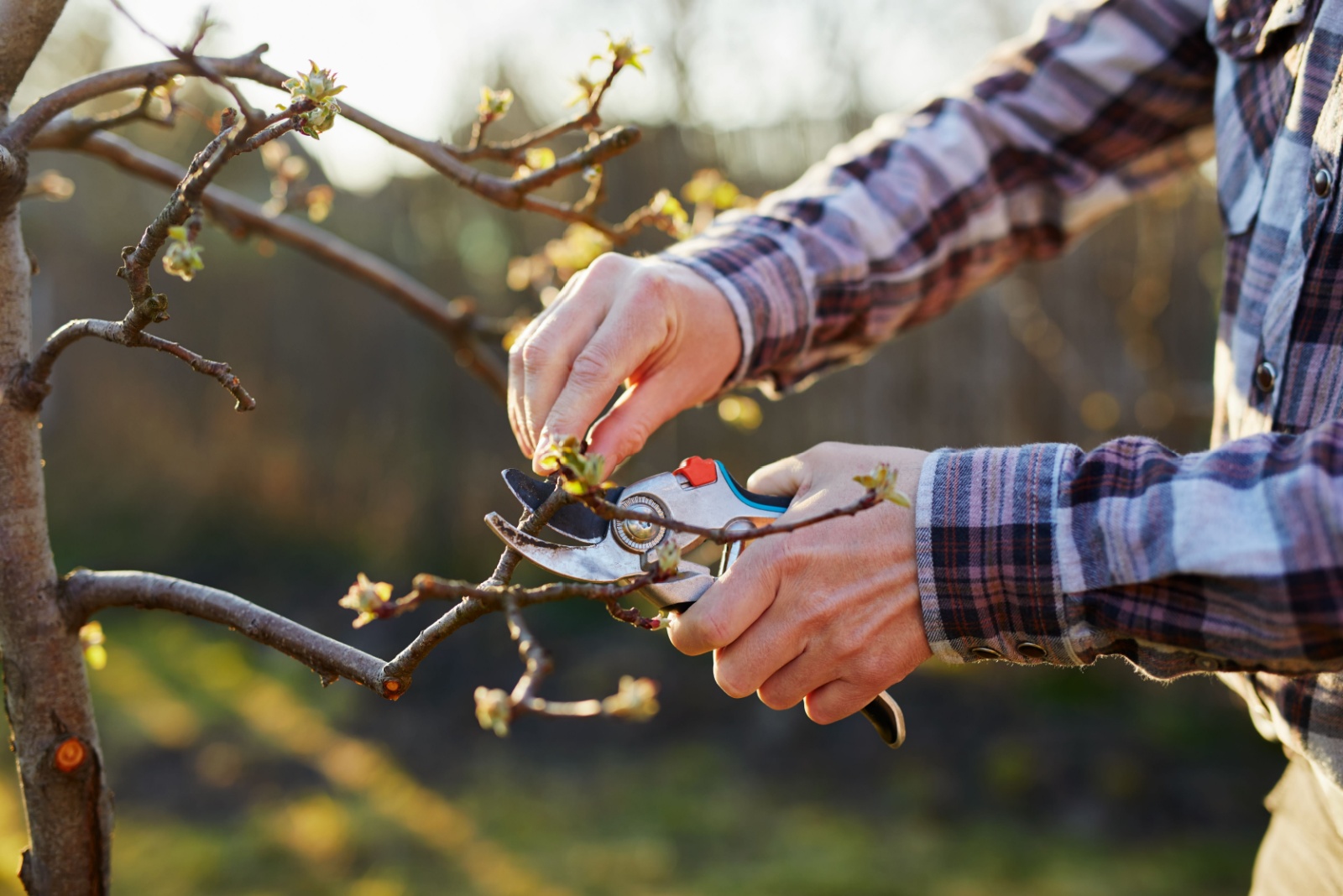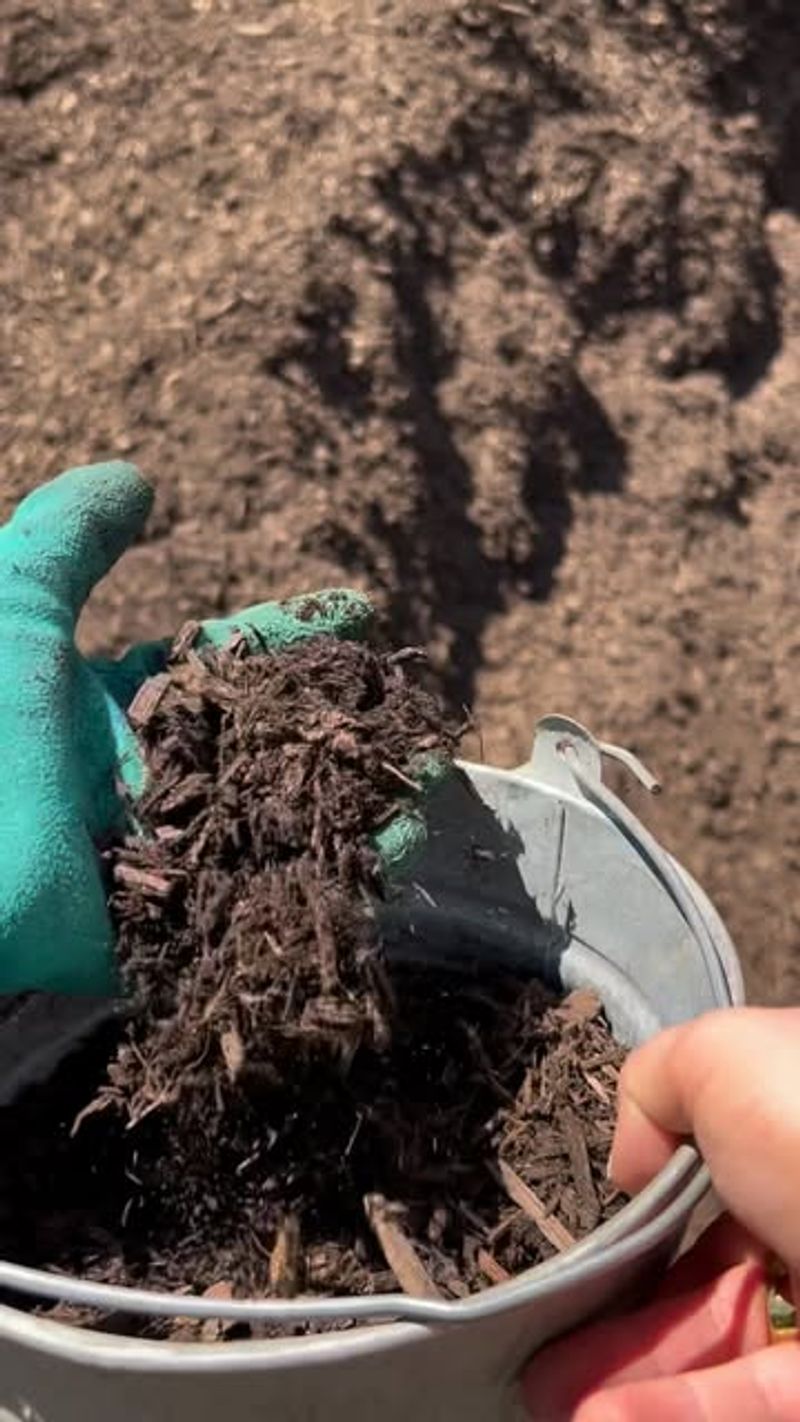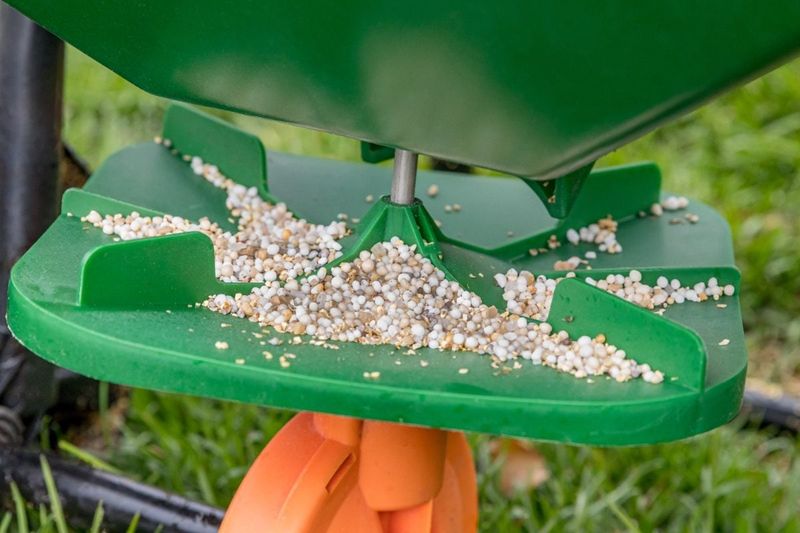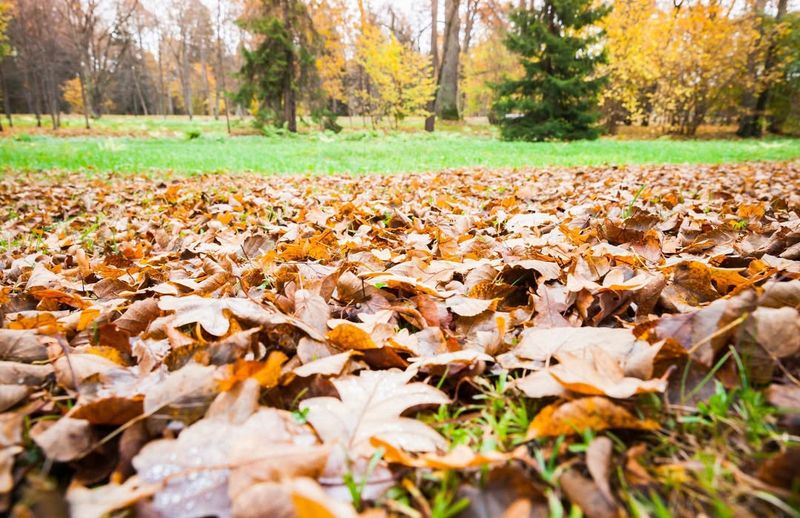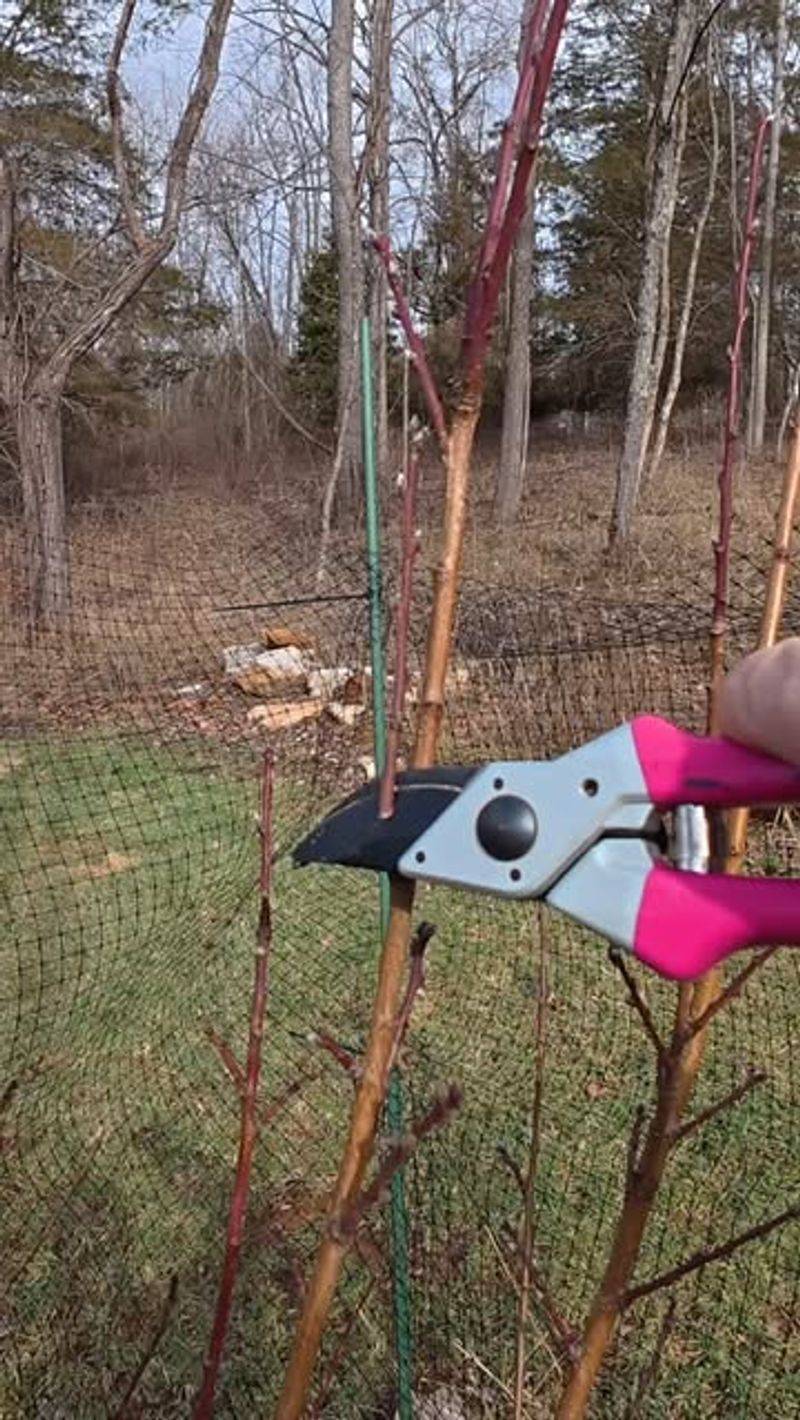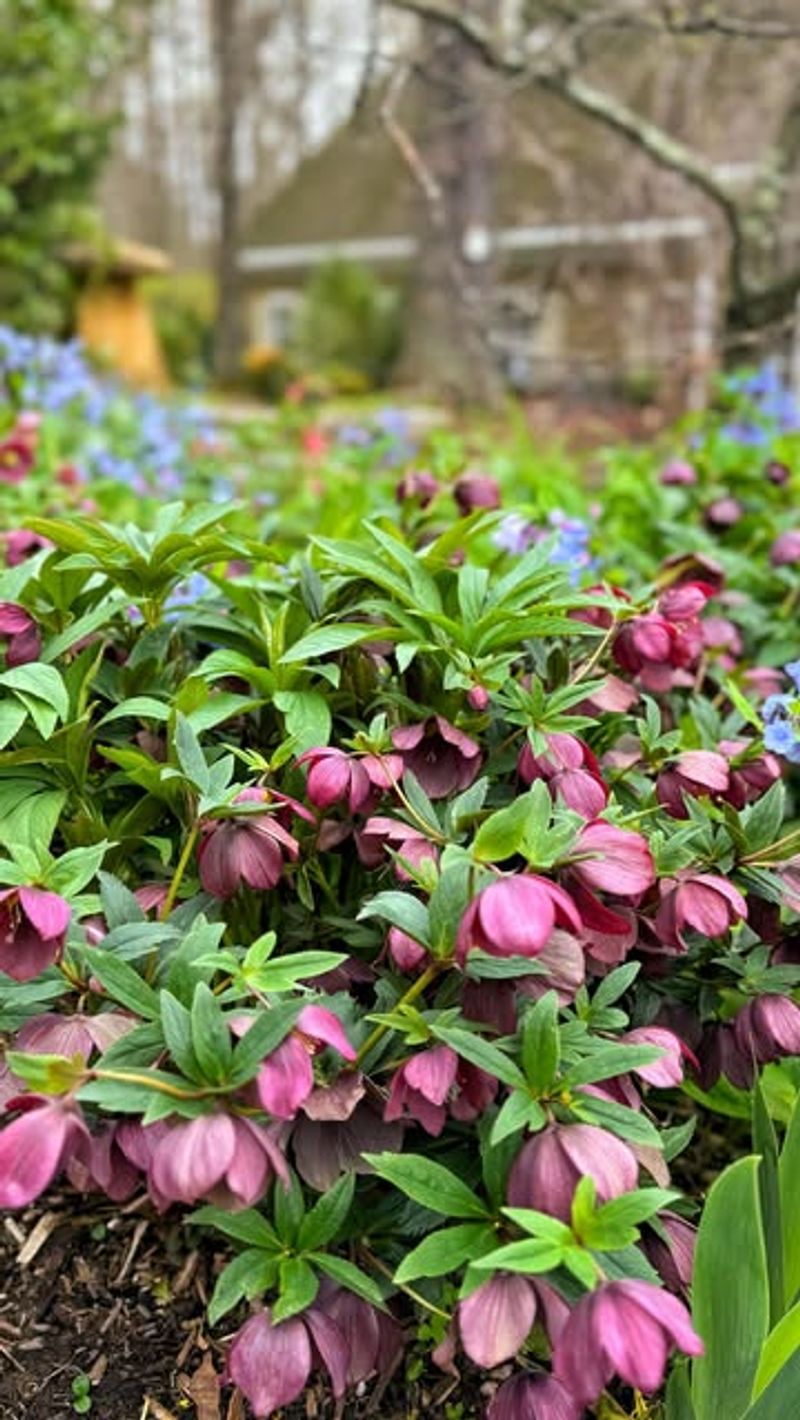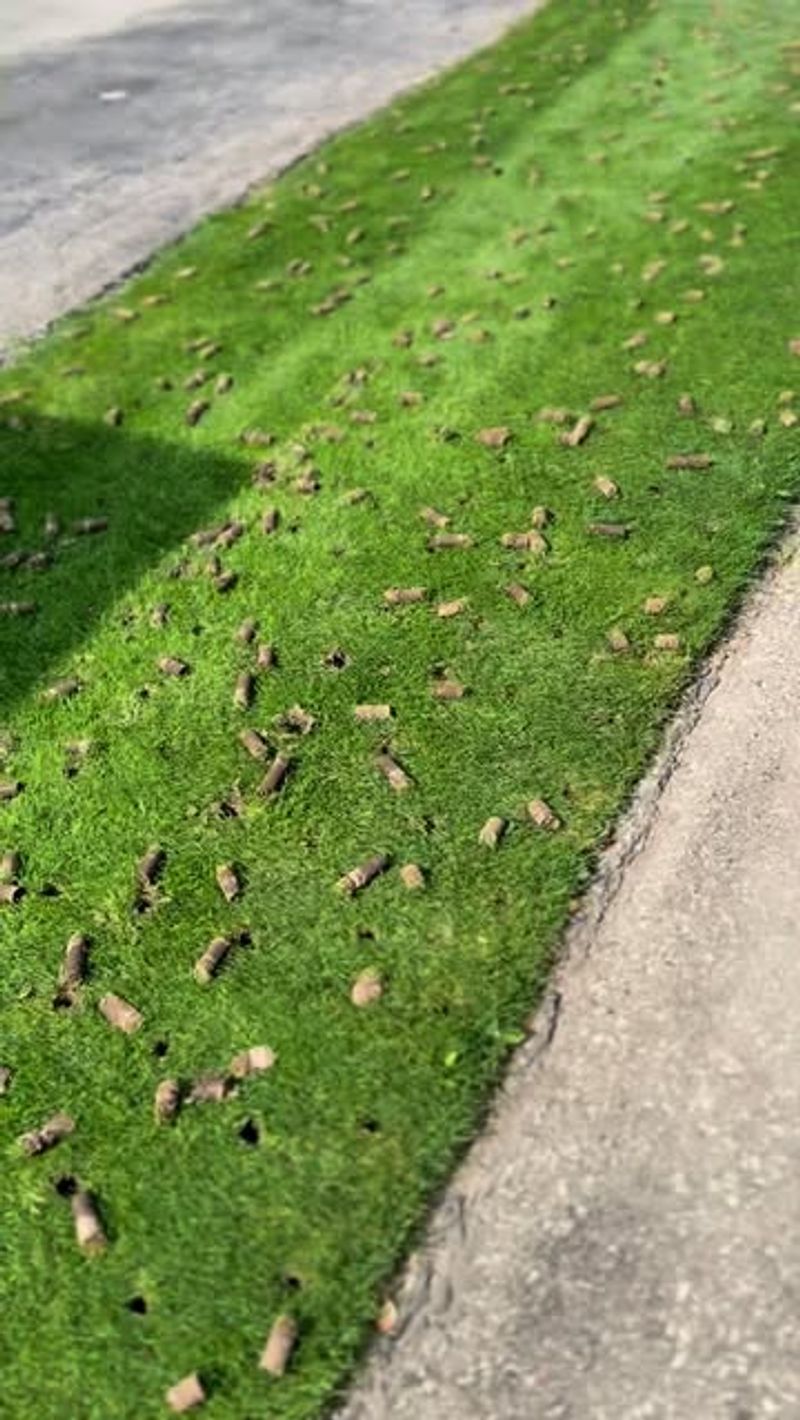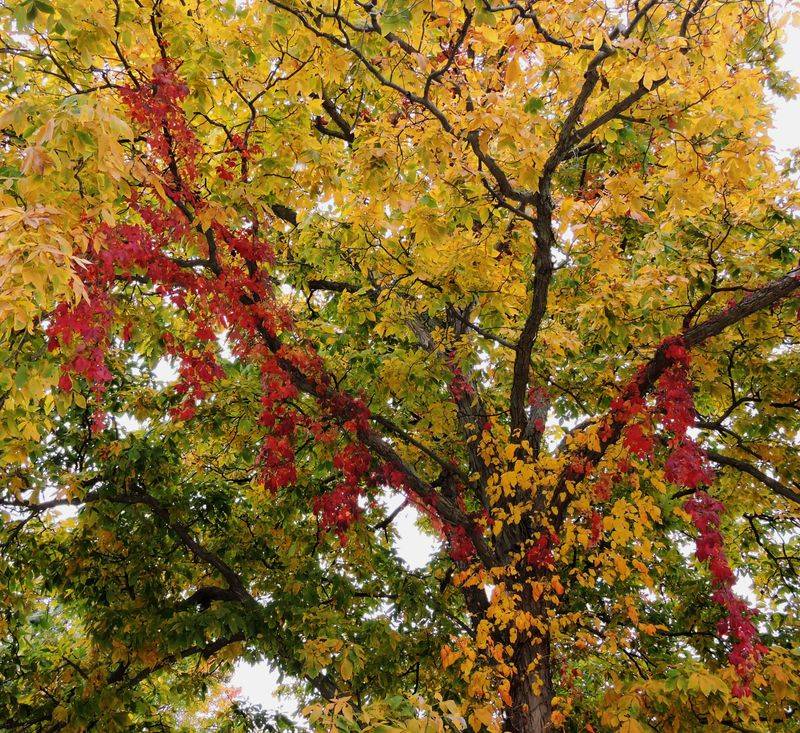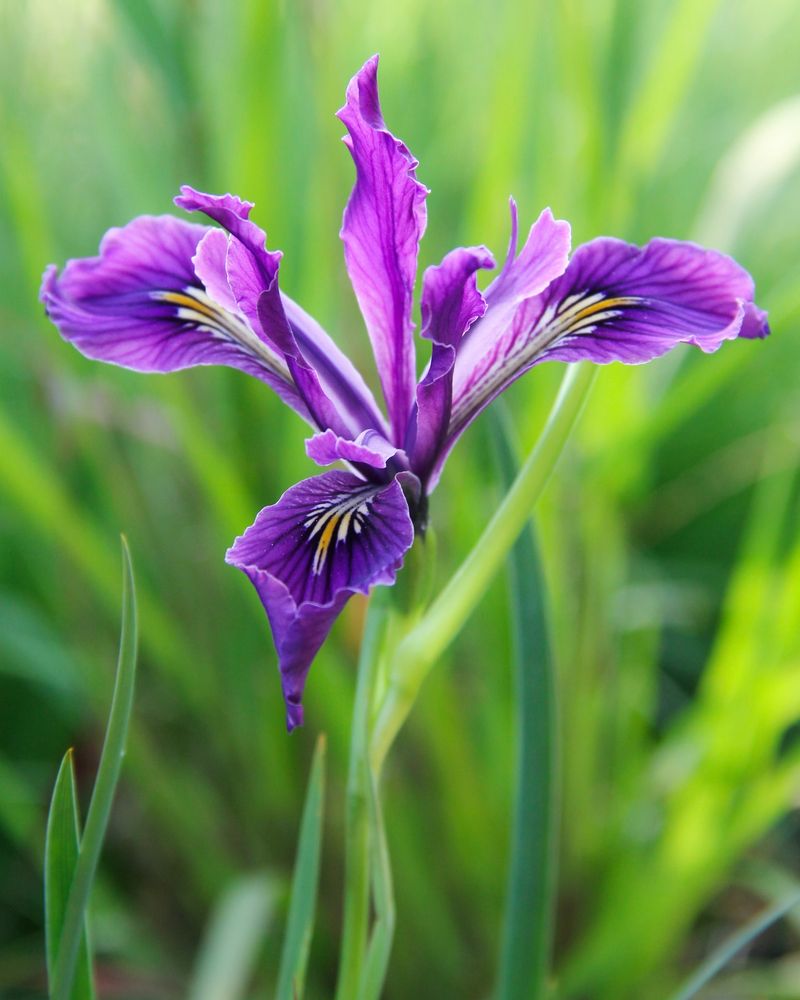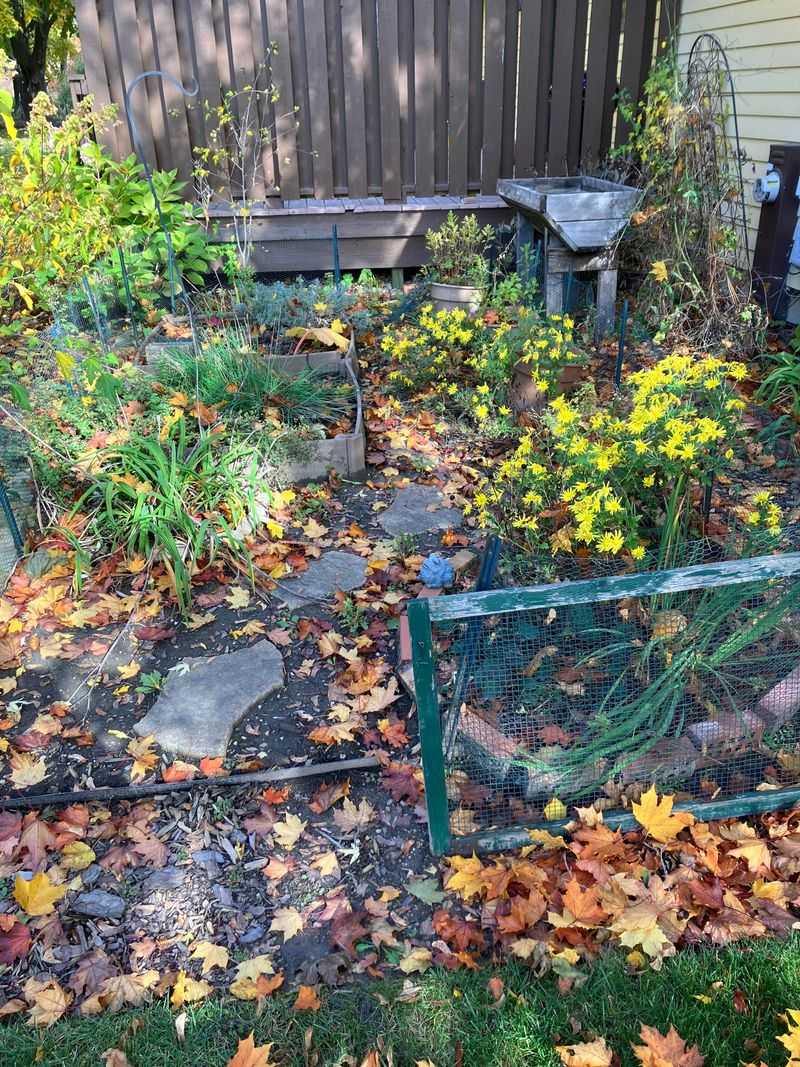As leaves start to blanket Virginia yards, many gardeners stick to old habits that may do more harm than good. Fall cleanup isn’t always what your landscape needs.
After years of gardening in the Commonwealth, I’ve learned that some so-called rules are just myths. Rethinking these traditions can lead to healthier soil and happier plants.
Let’s clear up the confusion and give your garden the care it truly needs. With the right approach, it can thrive well into winter and bounce back beautifully come spring.
1. Mulching Stops All Weed Growth
Many Virginia gardeners pile on mulch thinking it creates an impenetrable weed barrier. In reality, even thick mulch only suppresses weeds temporarily.
I’ve learned through trial and error that 2-3 inches works best in our climate. Any deeper and you risk suffocating plant roots and creating fungal problems common in our humid Virginia falls.
For effective weed management, combine mulching with occasional hand-pulling and consider using landscape fabric under the mulch in particularly troublesome areas.
2. Fertilizing Late In Fall Boosts Spring Growth
Late-season fertilizing can actually harm plants in Virginia’s unpredictable climate. This practice stimulates tender new growth just when plants should be hardening off for winter.
My Charlottesville garden suffered frost damage after I made this mistake years ago. The flush of growth couldn’t withstand our early November cold snap.
Instead, fertilize in early fall (September) or wait until spring. Your plants will develop natural cold hardiness, and you’ll save money on products that would largely wash away in our fall rains.
3. Leaves Must Always Be Raked Immediately
Contrary to what many believe, fallen leaves aren’t yard enemies. They provide free mulch and habitat for beneficial insects that help Virginia gardens.
Rather than raking everything bare, I shred leaves with my mower and leave them in garden beds. The smaller pieces decompose faster, adding valuable organic matter to our clay-heavy Virginia soils.
Only remove leaves from lawns and areas where they might smother plants or create slippery walkways. Your back will thank you, and you’ll be supporting local ecosystem health.
4. Pruning Trees Before Winter Is Always Best
Fall pruning remains one of the most persistent myths I encounter among Virginia gardeners. Cutting branches now stimulates growth when plants should be preparing for dormancy.
Wait until true dormancy in winter for most trees. The exception? Remove dead or damaged limbs that might become hazardous during winter storms common to our region.
Spring-flowering trees like dogwoods and redbuds—Virginia favorites—should never be fall-pruned as you’ll remove next year’s flower buds. Patience yields better results and healthier plants.
5. Fall Planting Is Too Risky for Flowers
Fall is actually ideal for planting many perennials in Virginia gardens. Our typically mild autumn weather allows roots to establish before summer heat returns.
Last October, I planted coneflowers, black-eyed Susans, and Virginia bluebells that thrived the following spring. The plants focused energy on root development rather than flowering.
The key is timing—plant at least six weeks before your area’s first hard freeze. Add a light mulch layer after the ground freezes to prevent frost heaving in our freeze-thaw cycles.
6. Lawn Care Can Wait Until Spring
Neglecting your Virginia lawn in fall leads to spring headaches. Fall is actually prime time for lawn renovation in our climate zone.
September through October offers perfect conditions for overseeding cool-season grasses like fescue that dominate Northern Virginia landscapes. The soil remains warm while air temperatures cool, encouraging strong root development.
My Richmond lawn struggled for years until I shifted major lawn work to autumn. Now I aerate, overseed, and apply compost in fall—creating a lawn that stays greener through our hot summers.
7. Fall Color Comes From Fertilizer Alone
Many gardeners mistakenly believe special fertilizers create vibrant autumn displays. The truth? Fall color depends on genetics, weather patterns, and daylight hours—not what you feed plants.
Virginia’s spectacular autumn colors result from cool nights, sunny days, and decreasing daylight. No fertilizer can replace these natural conditions.
Focus instead on proper plant selection for our region. Native Virginia species like sweetgum, black gum, and Virginia creeper naturally produce stunning fall displays without special treatments.
8. Perennials Don’t Need Protection In Virginia Winters
Virginia’s fluctuating winter temperatures can be harder on plants than consistent cold. The freeze-thaw cycles push plants up from the soil, exposing roots to damaging air.
After losing several coral bells to this exact problem, I now apply a light mulch layer around perennials after the ground freezes—usually late November in my Shenandoah Valley garden.
Avoid heavy mulching that creates wet conditions leading to rot. Pine straw works beautifully as winter protection, allowing air circulation while insulating against temperature swings.
9. Pests Disappear Automatically Once Temperatures Drop
Many Virginia gardeners assume garden pests vanish with the first frost. Unfortunately, many insects simply overwinter in plant debris, soil, or garden structures.
Japanese beetles—a major problem in my Williamsburg garden—spend winter as grubs in the soil. Similarly, squash bugs hide in garden debris until spring.
Fall cleanup helps reduce next year’s pest populations. Remove diseased plants, clean and sanitize tools, and consider applying beneficial nematodes for specific pest issues. Prevention now means fewer problems next growing season.

